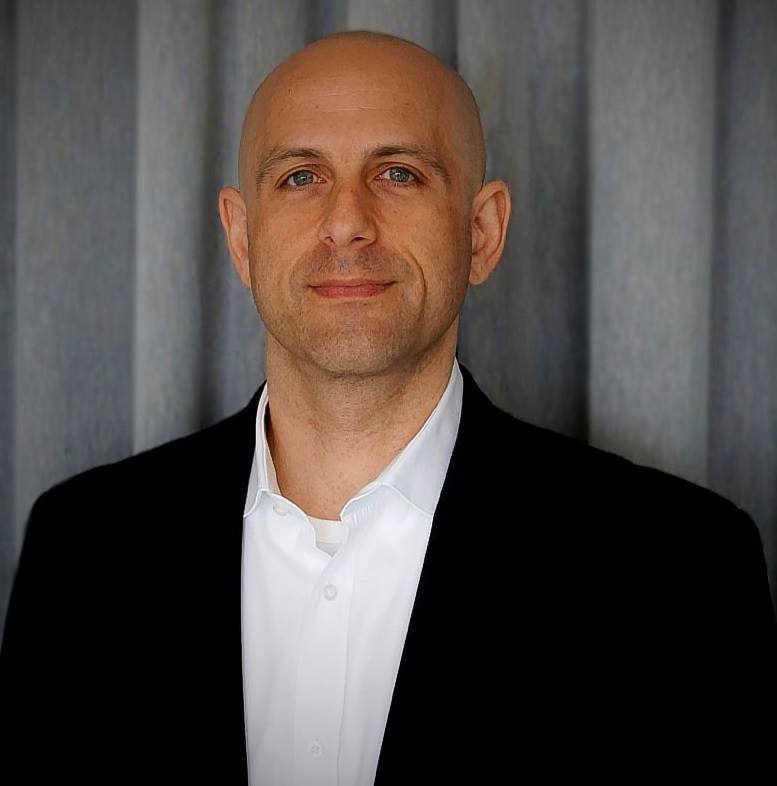Please enjoy this interview with Dr. Aubrey de Grey, Chief Science Officer and Co-founder of SENS Research Foundation — one of the most successful advocacy and fundraising initiatives supporting breakthrough research on the main mechanisms of aging and age-related diseases. http://www.sens.org
In this video Dr. de Grey speaks about the progress in developing interventions to tackle age-related damages identified by SENS as the main ones.
Interviewer — LEAF/Lifespan.io Board member Elena Milova.
Dr. de Grey received his BA in Computer Science and Ph.D. in Biology from the University of Cambridge in 1985 and 2000, respectively. He is Editor-in-Chief of Rejuvenation Research (http://www.liebertpub.com/overview/rejuvenation-research/127/), is a Fellow of both the Gerontological Society of America and the American Aging Association, and sits on the editorial and scientific advisory boards of numerous journals and organizations.
This interview is presented by LEAF. Please support our work by becoming a “Lifespan Hero”: http://lifespan.io/hero




